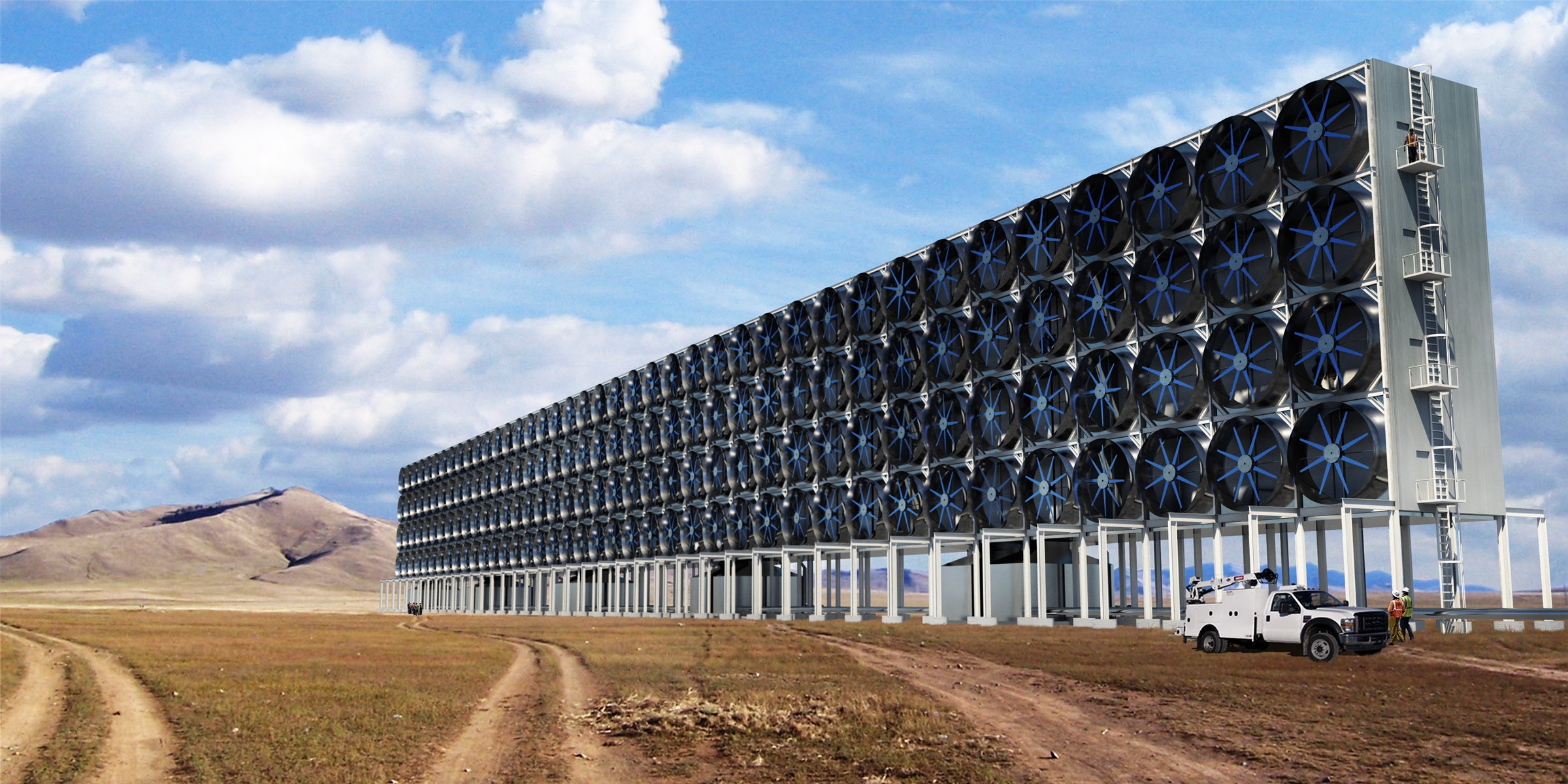Carbon is sucked out of the atmosphere by direct air capture. Climeworks opened Iceland's largest carbon capture plant this year, but it's not a panac
Carbon is sucked out of the atmosphere by direct air capture. Climeworks opened Iceland’s largest carbon capture plant this year, but it’s not a panacea for reducing emissions.
Changemakers in the Climate
These individuals and projects are taking on the climate crisis full on.
When Christoph Gebald and Jan Wurzbacher decided to start a firm based on technology that might capture carbon dioxide from the atmosphere in 2009, they were “young, motivated, and maybe a little naive,” in the words of the latter.
Related: India announces incentives to boost eco-friendly car industry
The two mechanical engineers met while studying at ETH Zürich and saw firsthand the effects of climate change in their favourite skiing area in France, where the glacier was rapidly retreating, and they decided to do something about it. Climeworks, based in Zurich, Switzerland, specialises in capturing carbon dioxide from the air and storing it permanently underground.
The basic notion of direct air capture is straightforward.
Climeworks’ carbon dioxide collectors, which are about the size of a standard shipping container, are made up of fans that suction the atmosphere through granulated, highly porous filters. This substance is made up of chemical components known as amines, which react with carbon dioxide and bind it. When a filter is filled, it is heated to roughly 100°C, which breaks the comparatively weak chemical interactions between the amine and carbon dioxide, allowing the carbon dioxide to be collected and liquified. The task of capturing carbon dioxide is barely half completed. The next step is to keep it safe and secure.
Climeworks has teamed up with Carbfix, an Icelandic business that invented a method for dissolving carbon dioxide in water and pumping it down into rocks that react with it and turn it into stone. Climeworks’ units are modular, thus the system may be scaled up or down. The amines utilised in the filters are inexpensive and readily available. Underground storage geology is found all over the world.Perhaps most critically, the system only consumes a little amount of energy – renewable, of course – to run, and its life-cycle emissions are only around 10% of the total quantity of CO2 it captures.
Climeworks already has 14 direct air capture facilities running throughout the world, including the Orca facility in Iceland, which will absorb and store roughly 4,000 tonnes of CO2 per year with Carbfix’s underground storage. This equates to less than 0.001% of the UK’s total emissions in 2019 — a drop in the ocean. However, it’s a start.
Related: 12 beautiful places in the world
Climeworks would need around 750,000 of their units to absorb 1% of global CO2 emissions in a year, according to Wurzbacher. It seemed excessive until he learned that Shanghai Harbour, one of the world’s busiest ports, handled that many shipping containers every two weeks. He says, “It’s doable.” “It’s not insignificant, but it’s doable.” At that scale, the cost of direct air collection would very certainly fall below $1,000 per tonne, possibly even reaching $100 per tonne. This would place direct air capture in the “domain where it’s a regular thing for a huge corporation to lower their emissions,” according to Wurzbacher.
The steady drop in the price of solar photovoltaics and electric vehicle batteries, according to Frank Jotzo, director of the Australian National University’s Centre for Climate Economics and Policy in Canberra, Australia, illustrates the cost reductions that occur when technologies scale up, and he believes direct air capture will follow the same path. When that happens, direct air capture and other carbon dioxide removal technologies will be critical in preventing the final few difficult-to-avoid emissions that cannot be avoided through other means.
“What we do know is that some operations that emit CO2 or other greenhouse gases will be so expensive to decarbonize that it will be cheaper to draw down atmospheric CO2 instead,” Jotzo explains. Climeworks is growing, with companies like Microsoft, Stripe, Shopify, and Audi now using the company to offset some of their carbon footprints, all while keeping an eye on that vanishing glacier in France. “We must mitigate,” Wurzbacher adds, “but that will not be enough; we will have biological remedies, but they will not be enough.” “As a result, technical solutions are required.”

COMMENTS